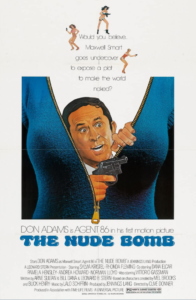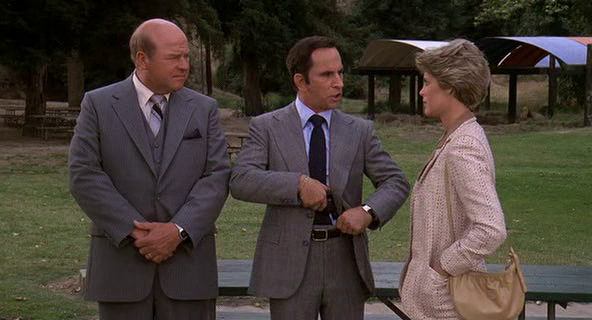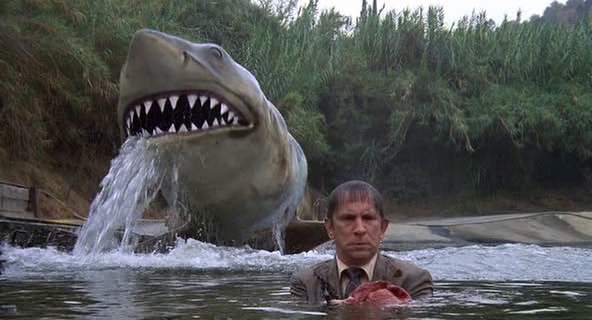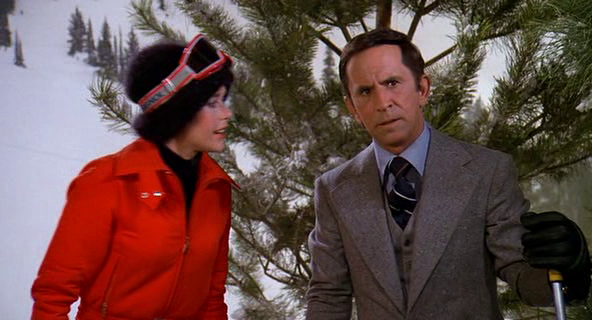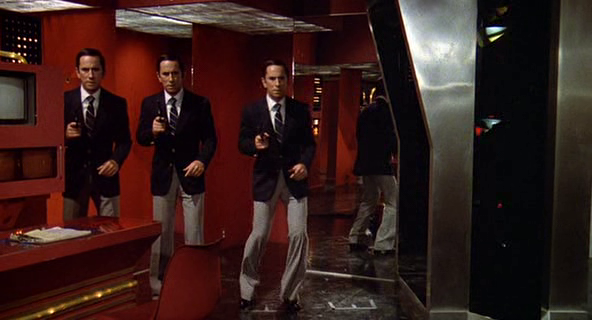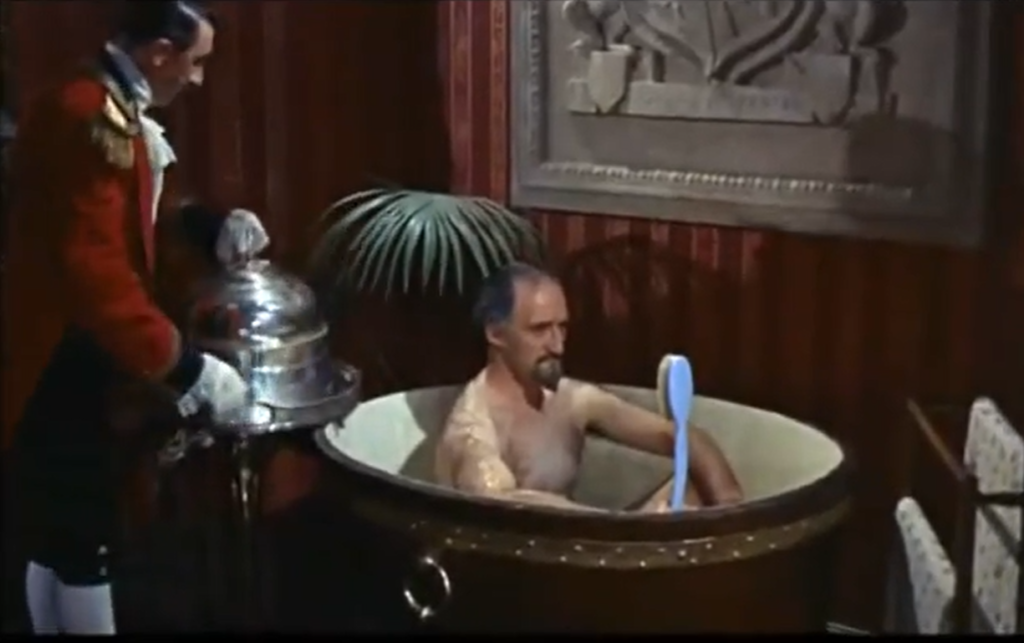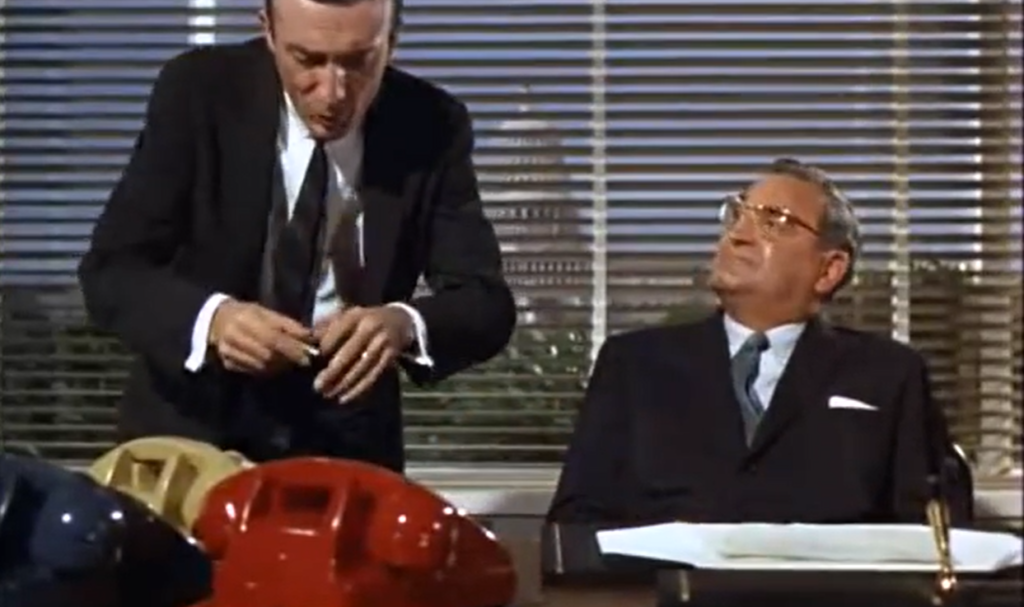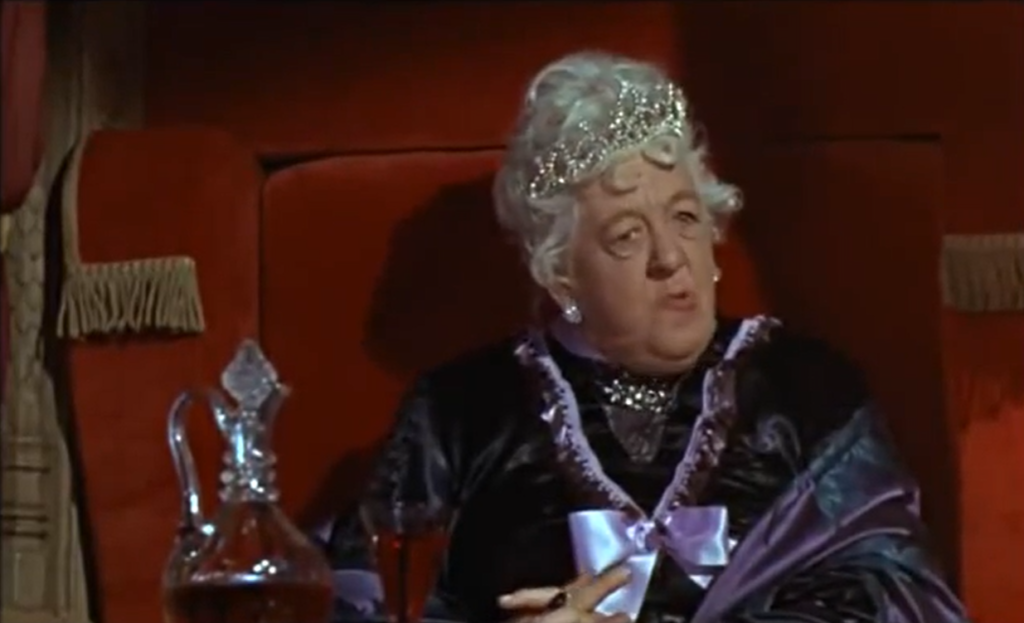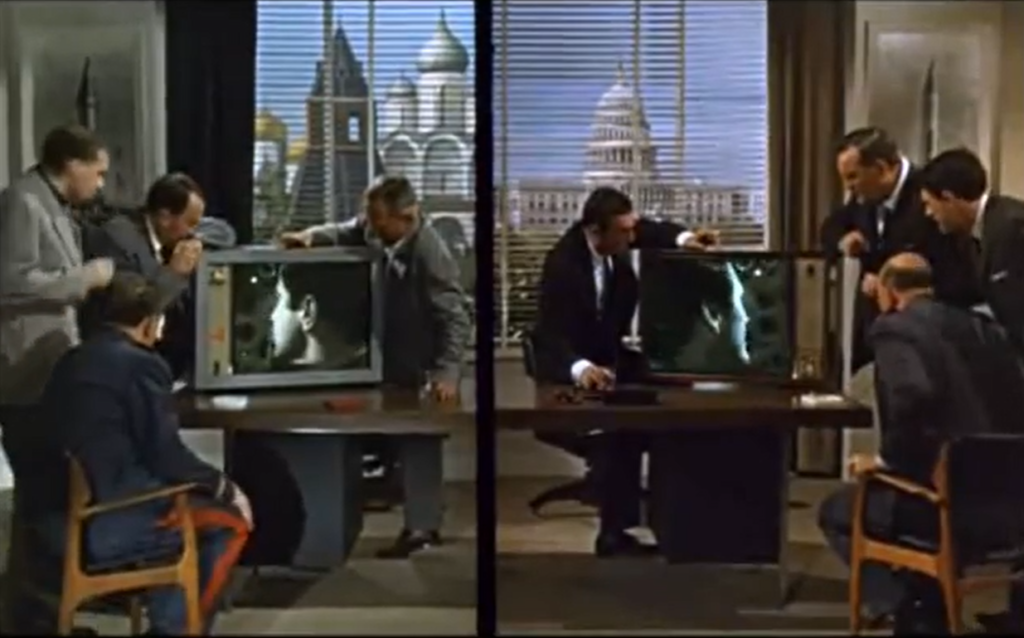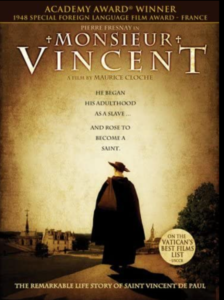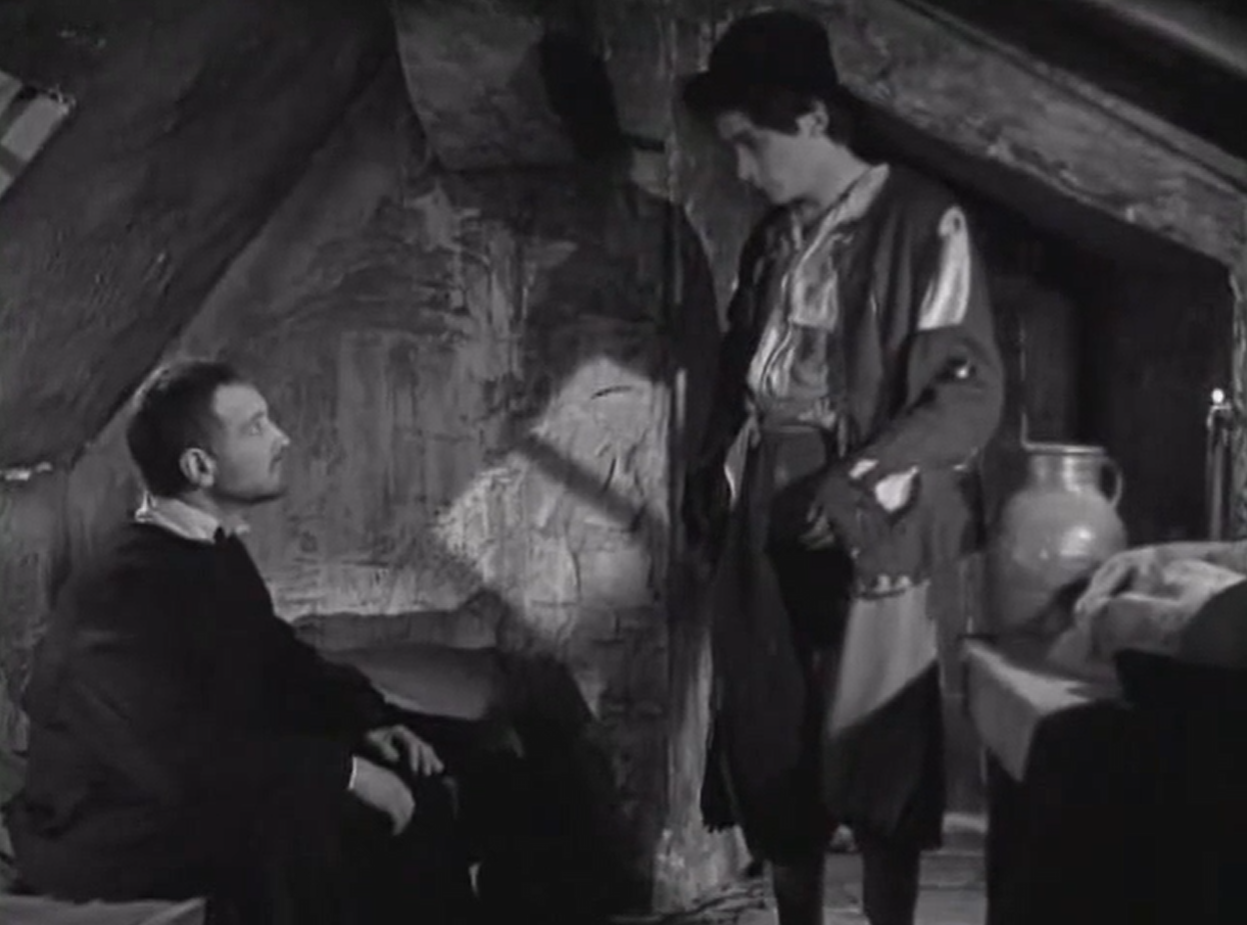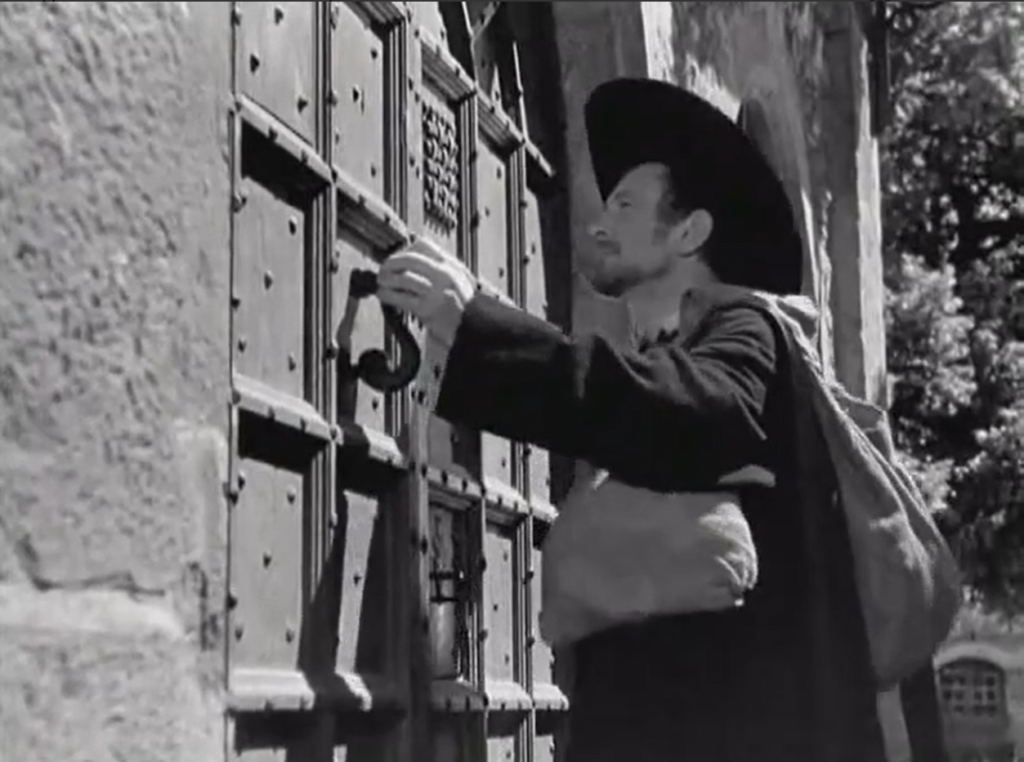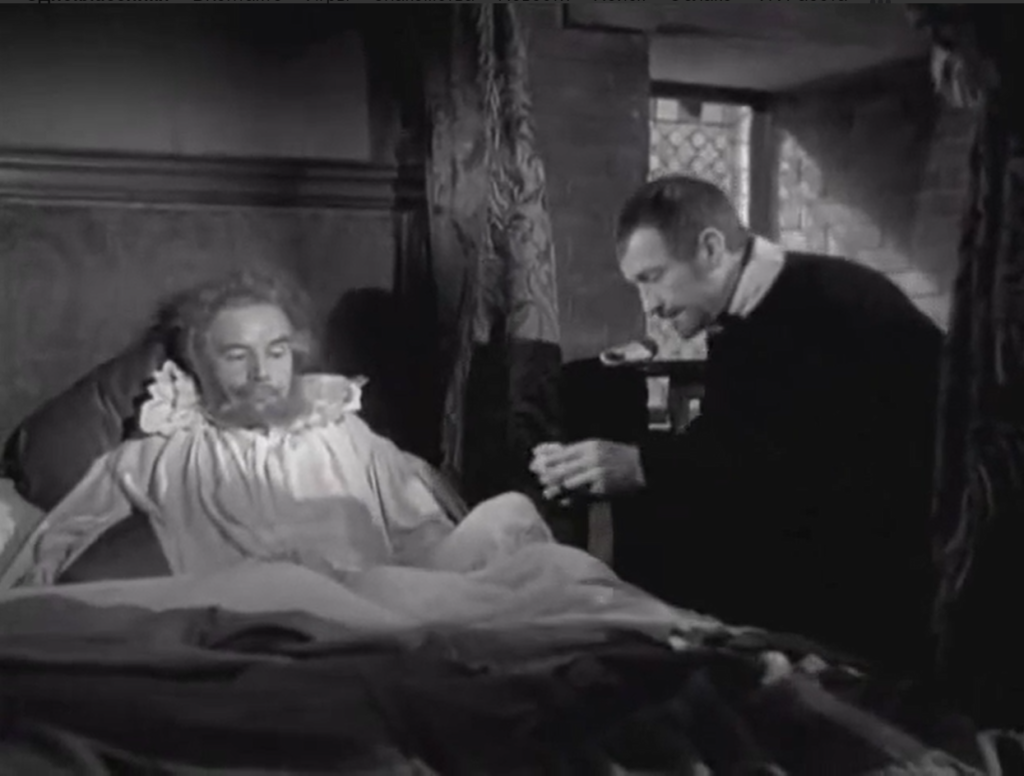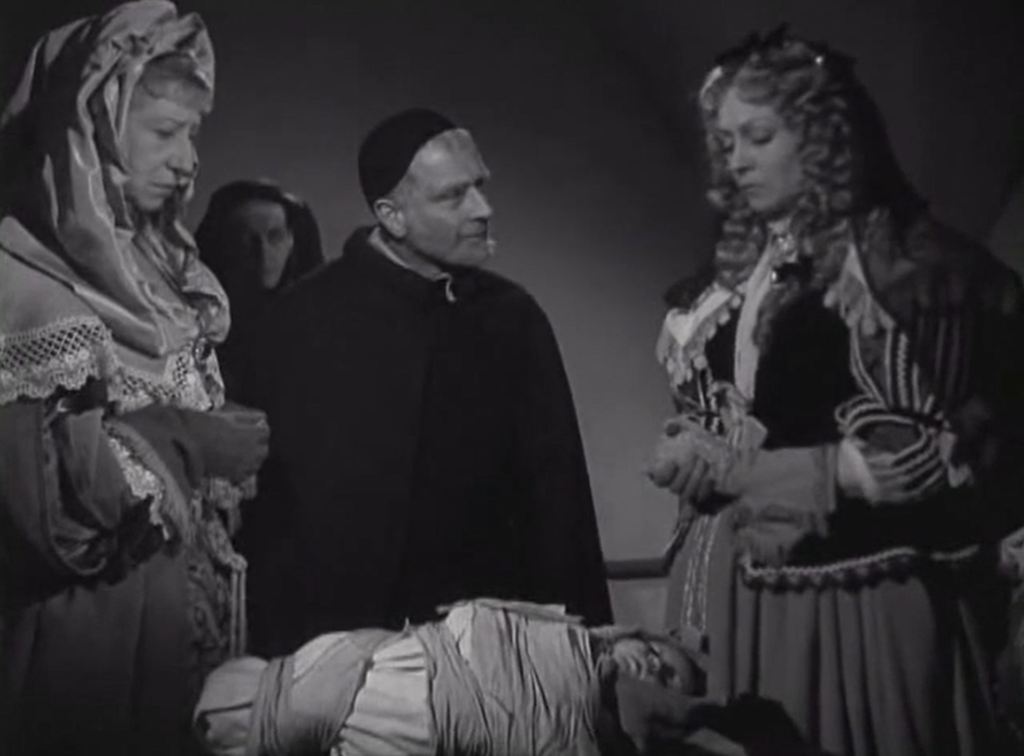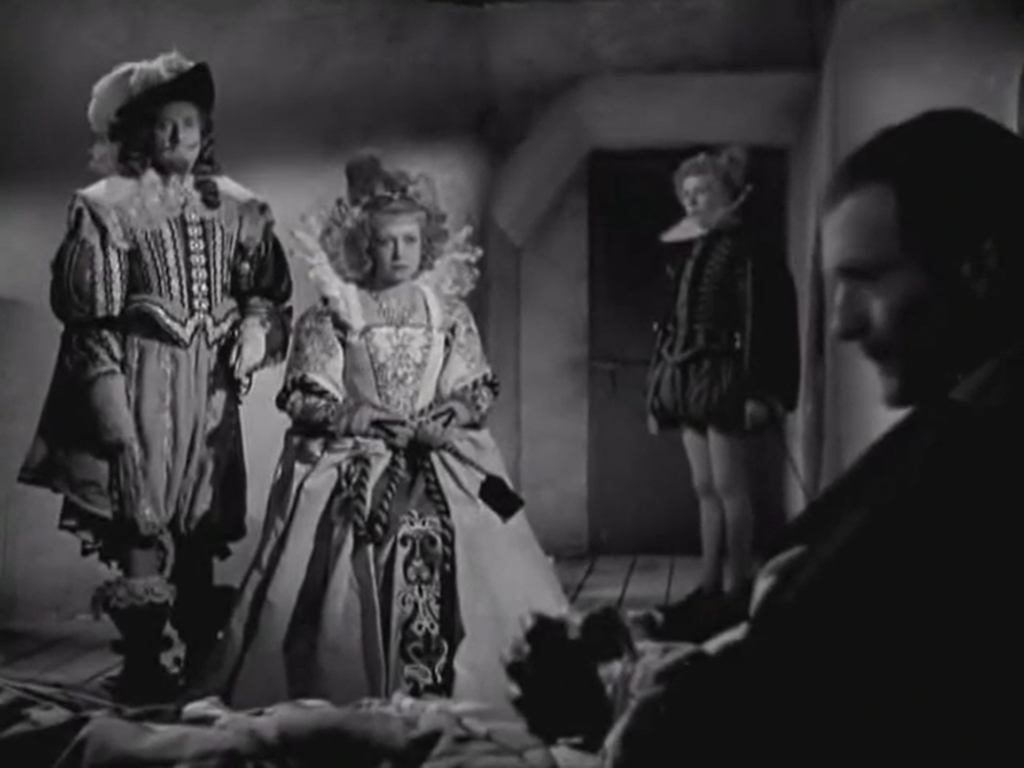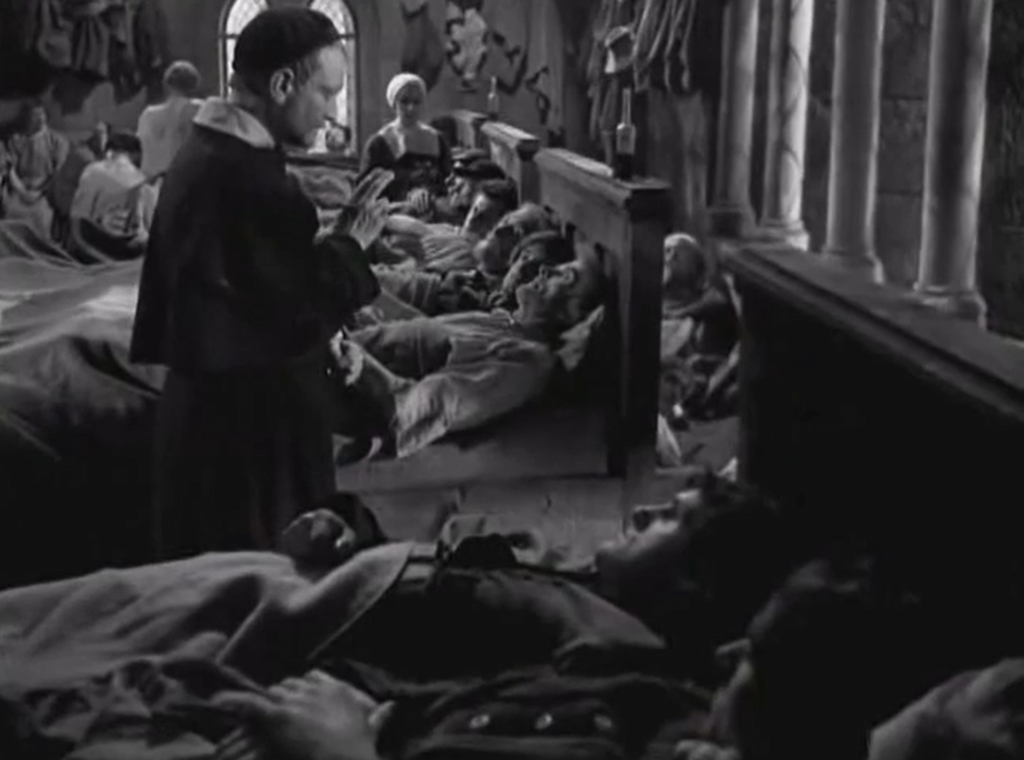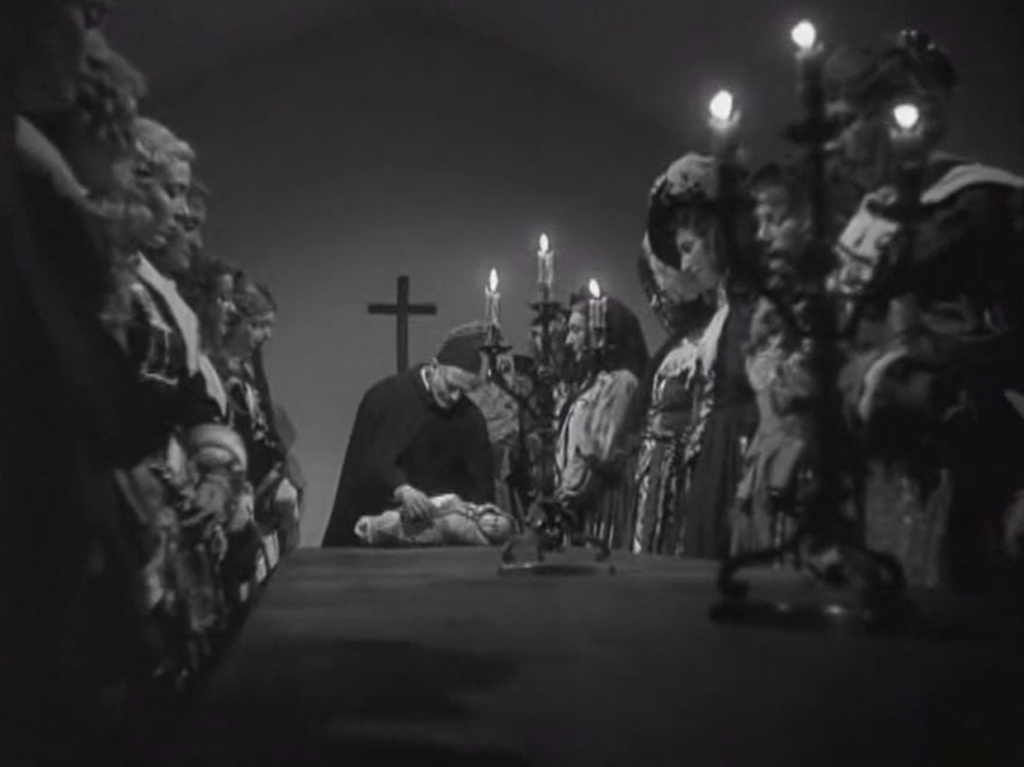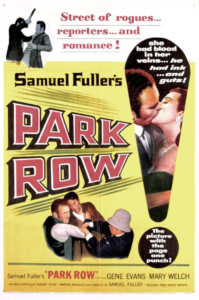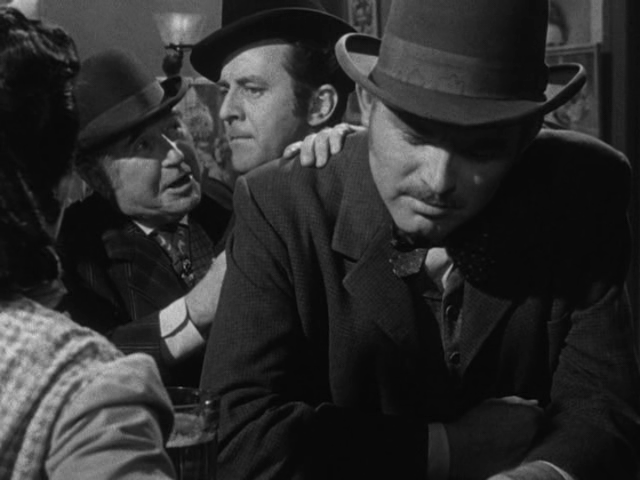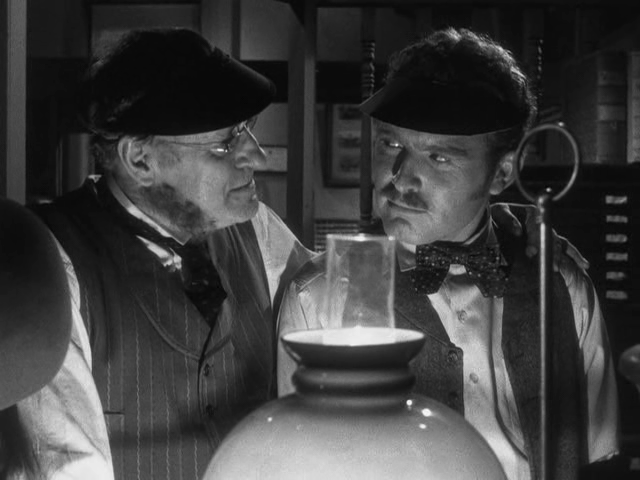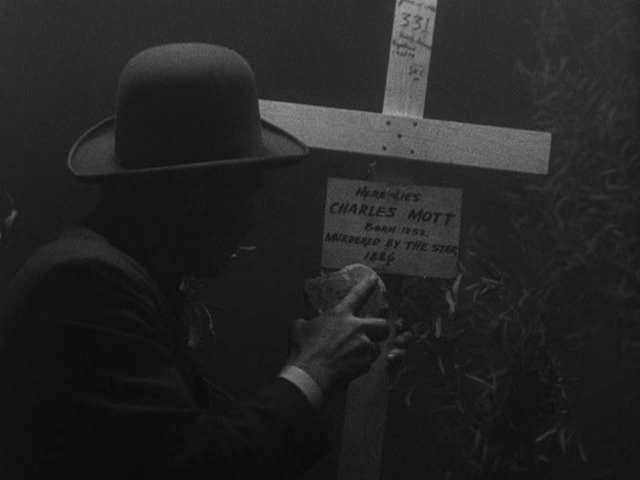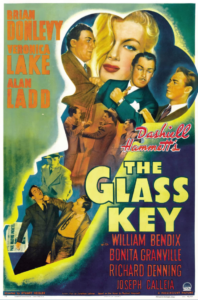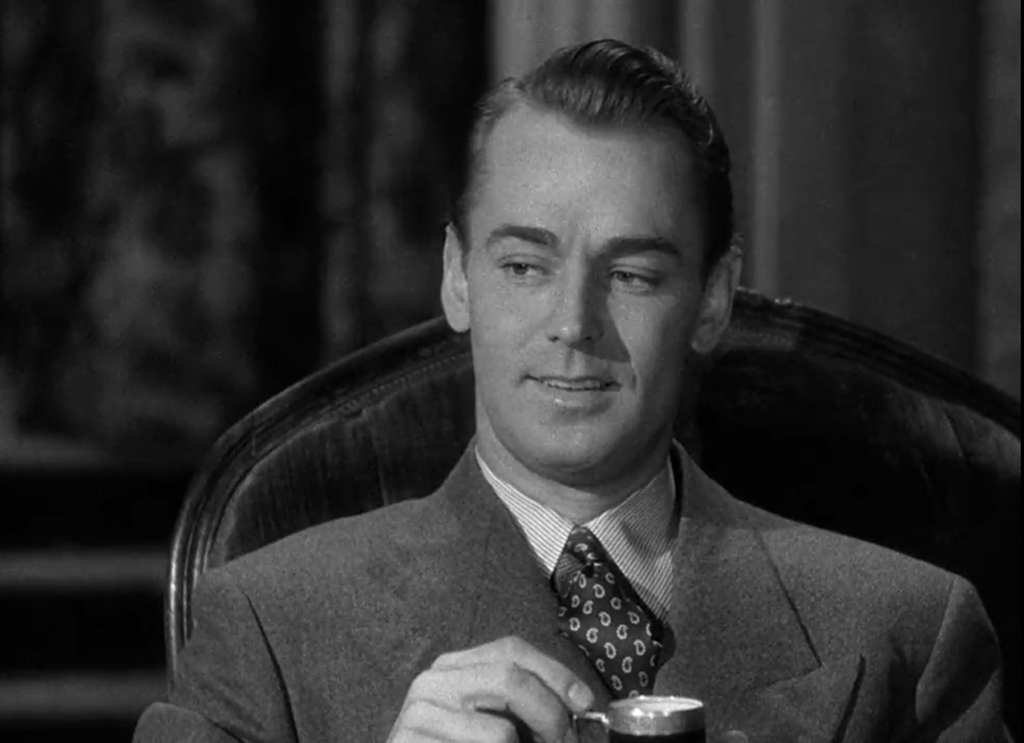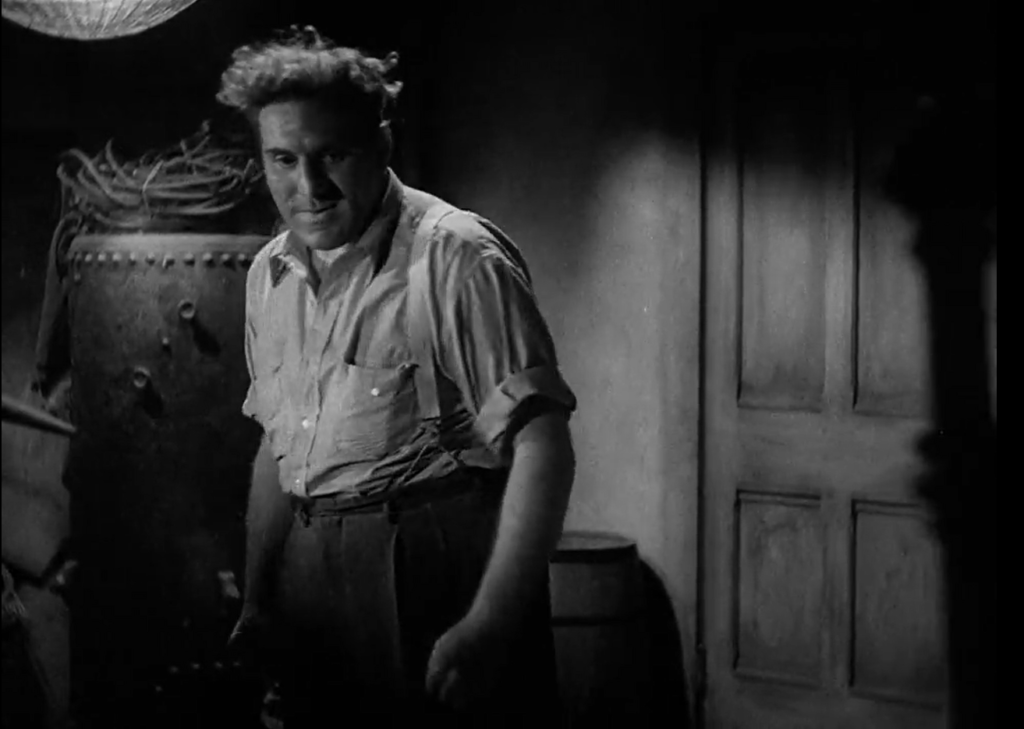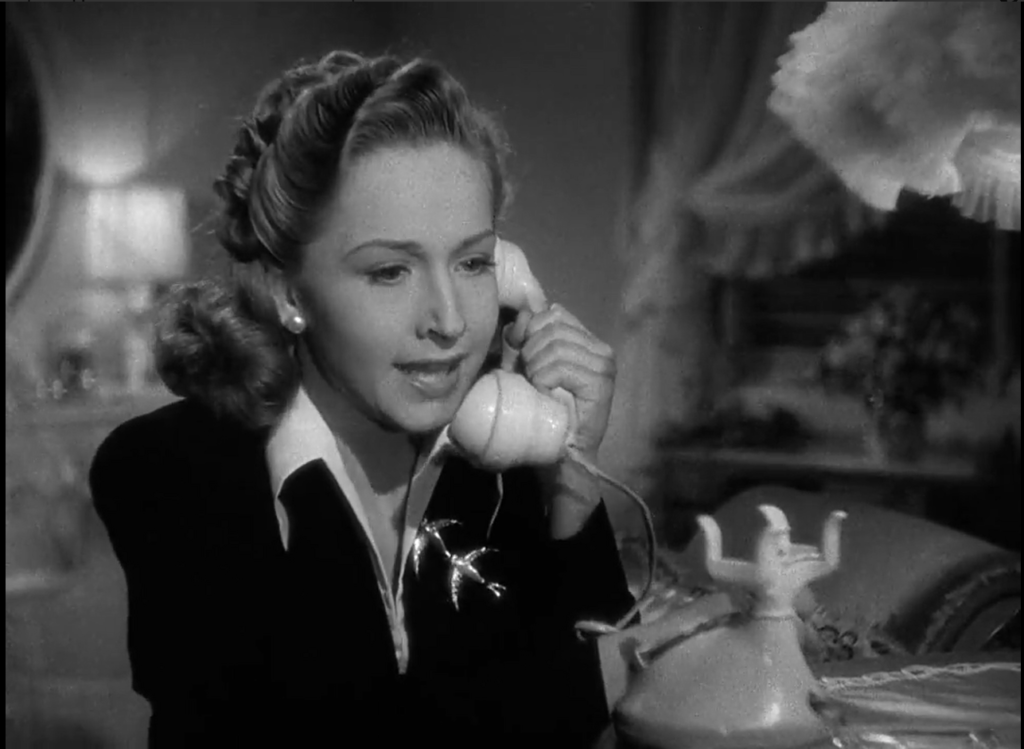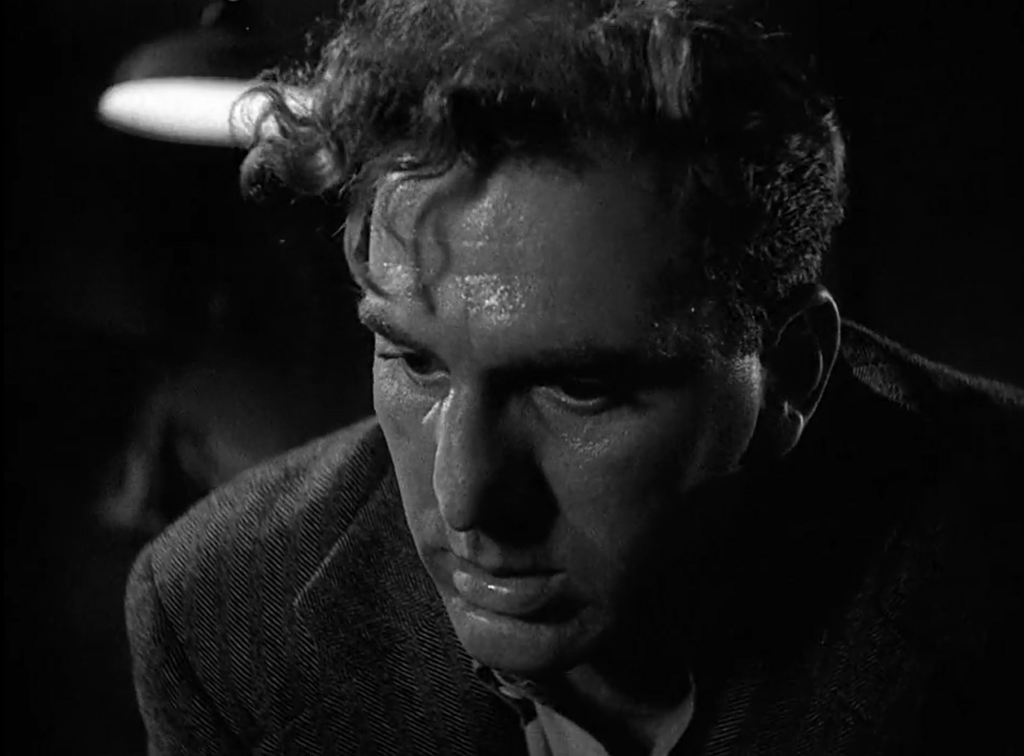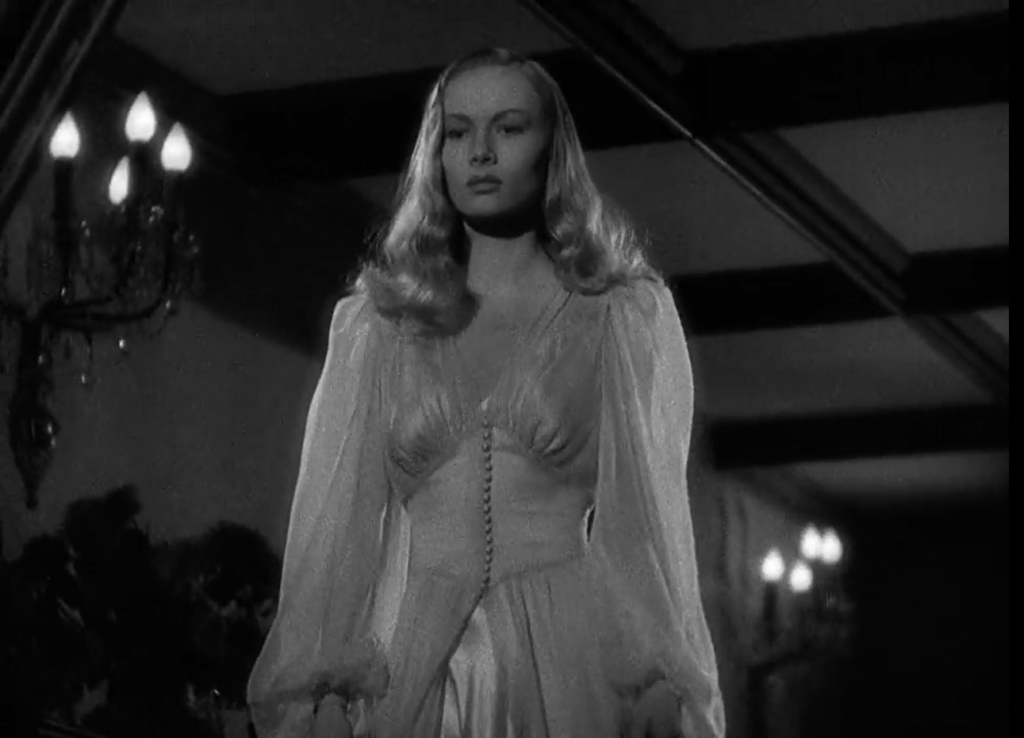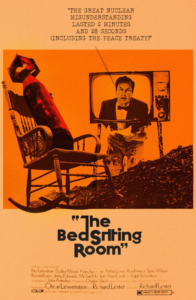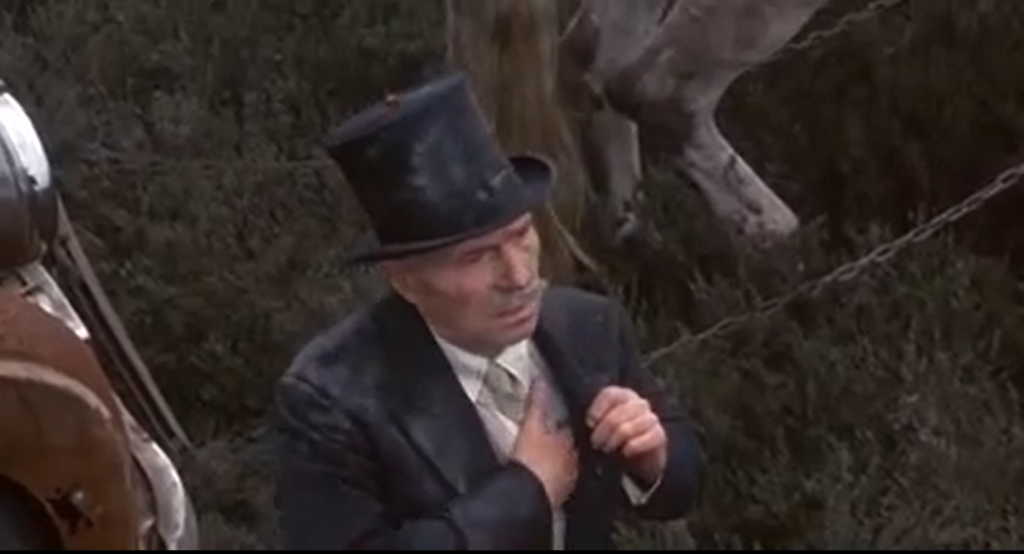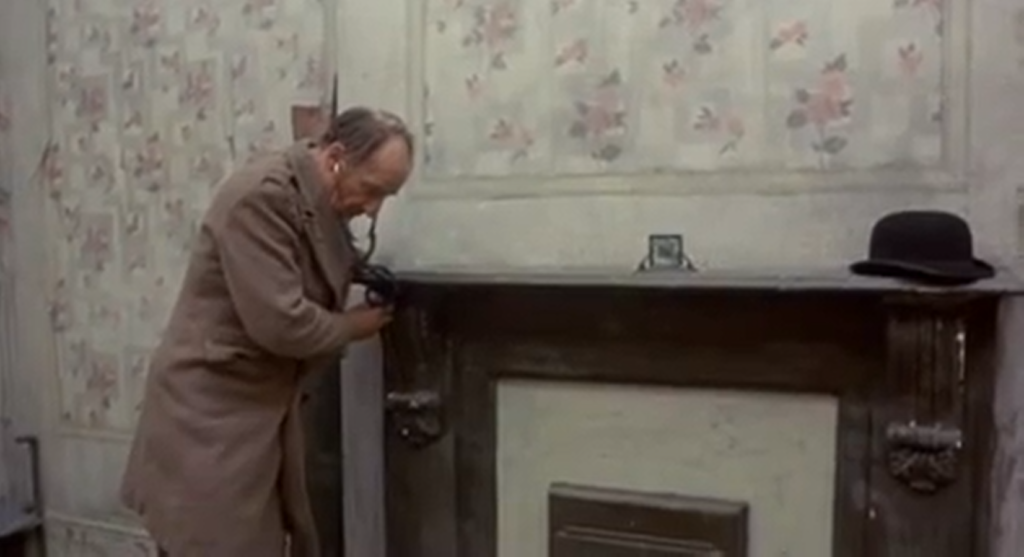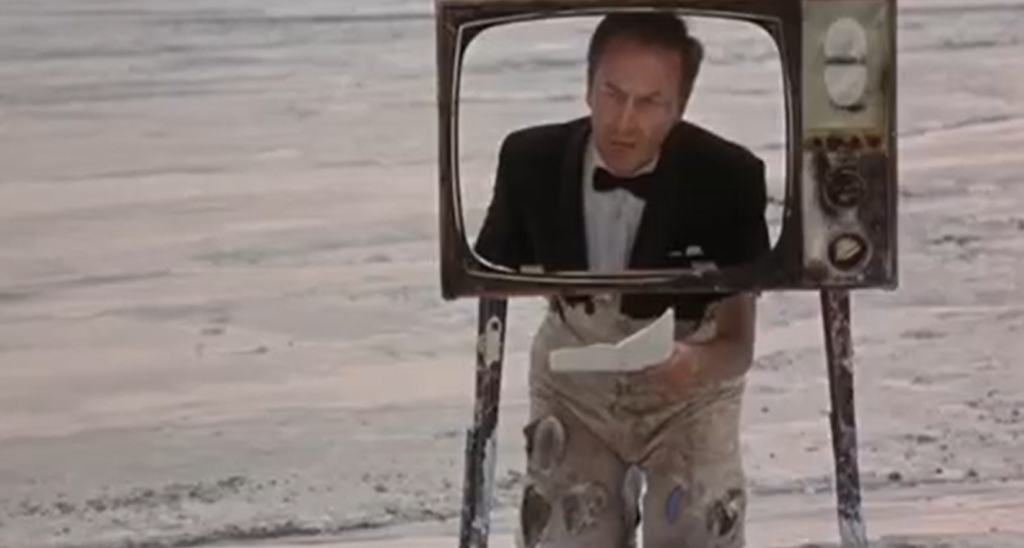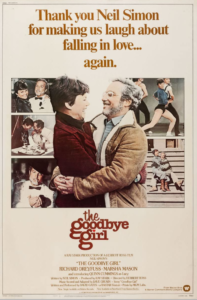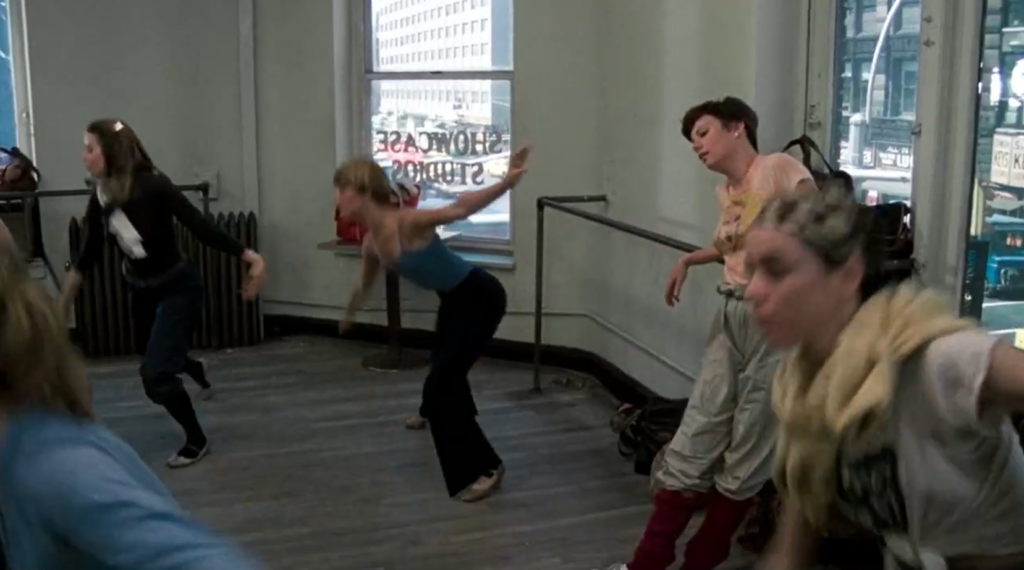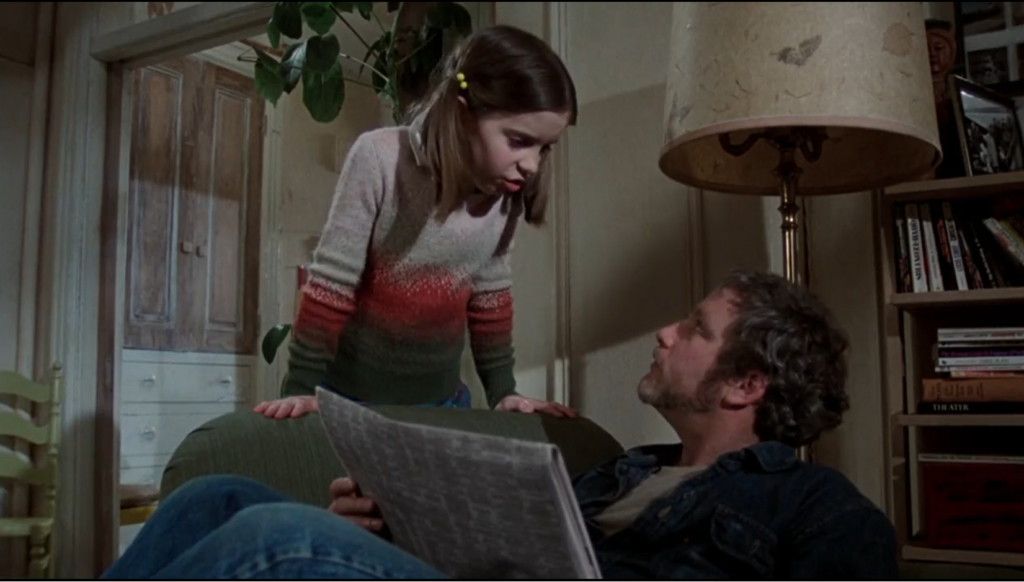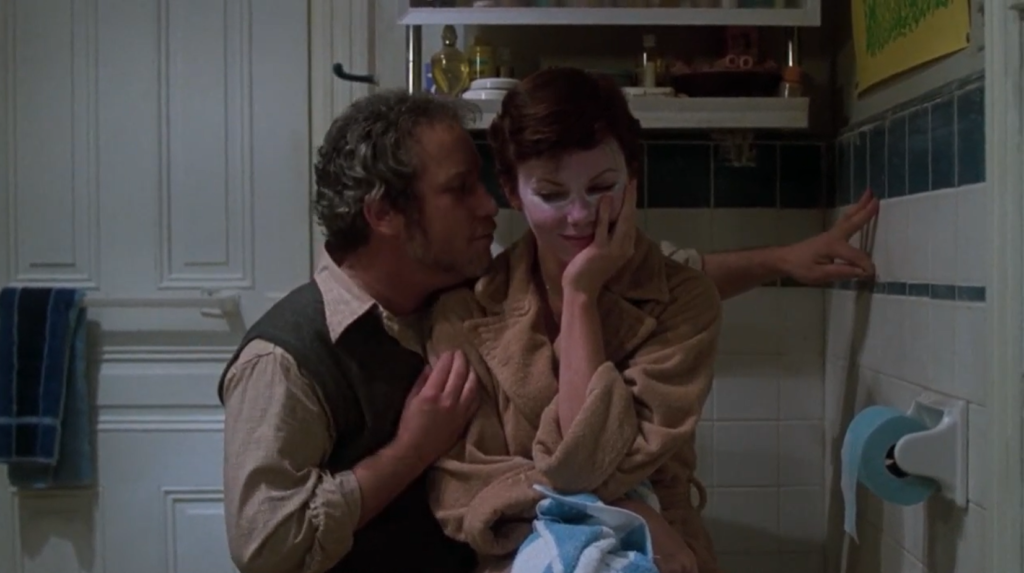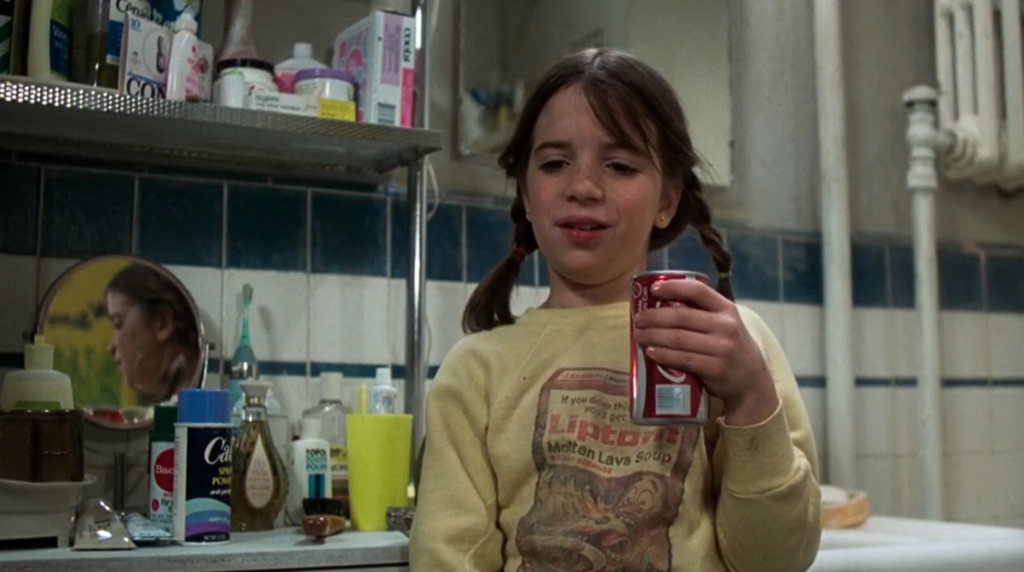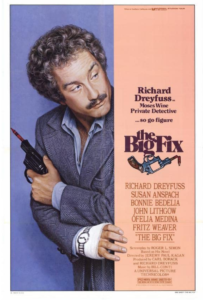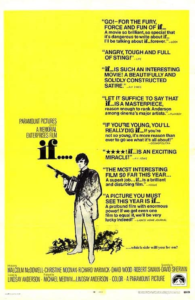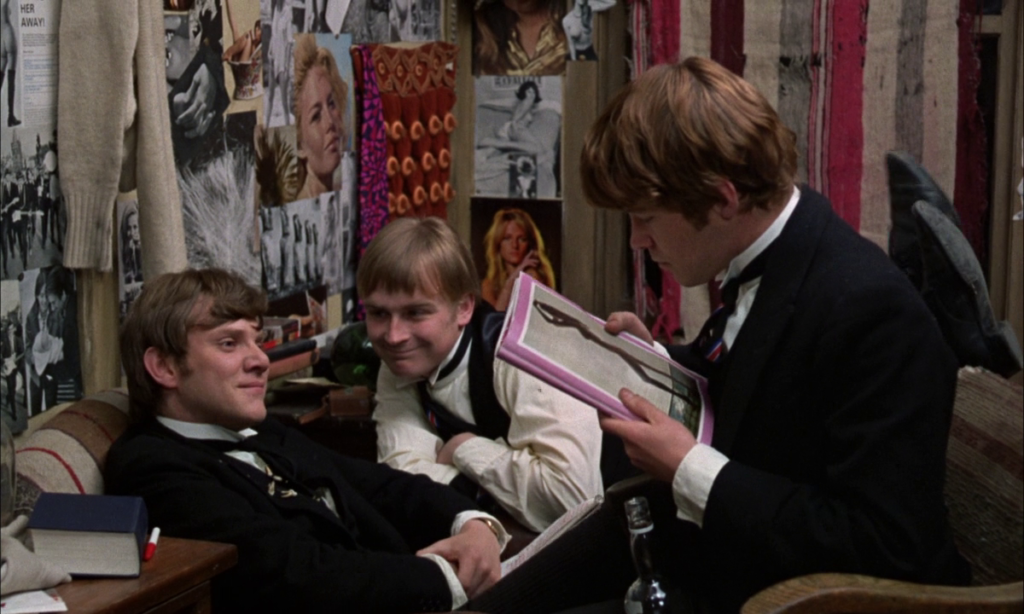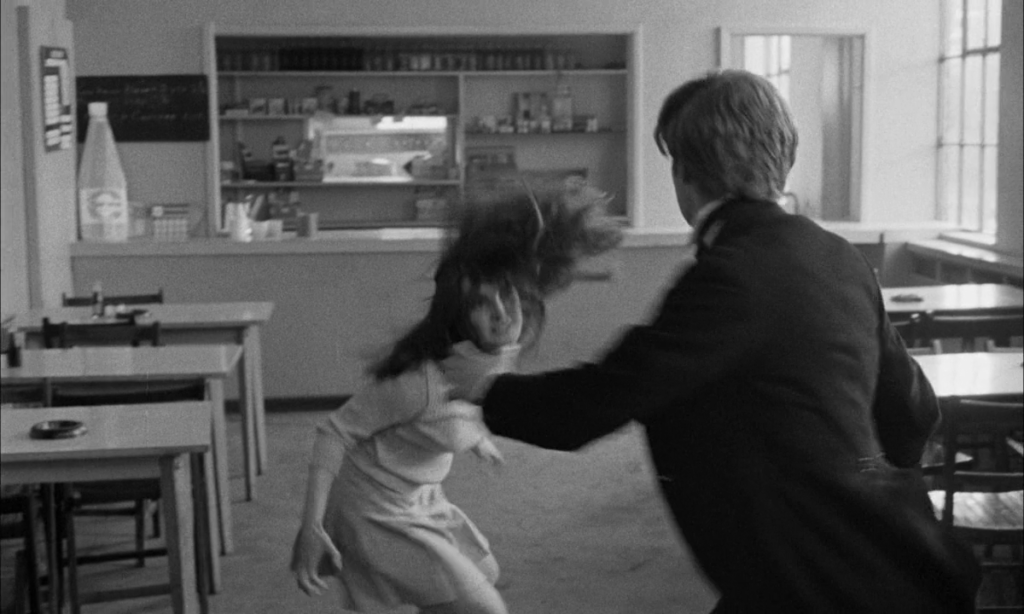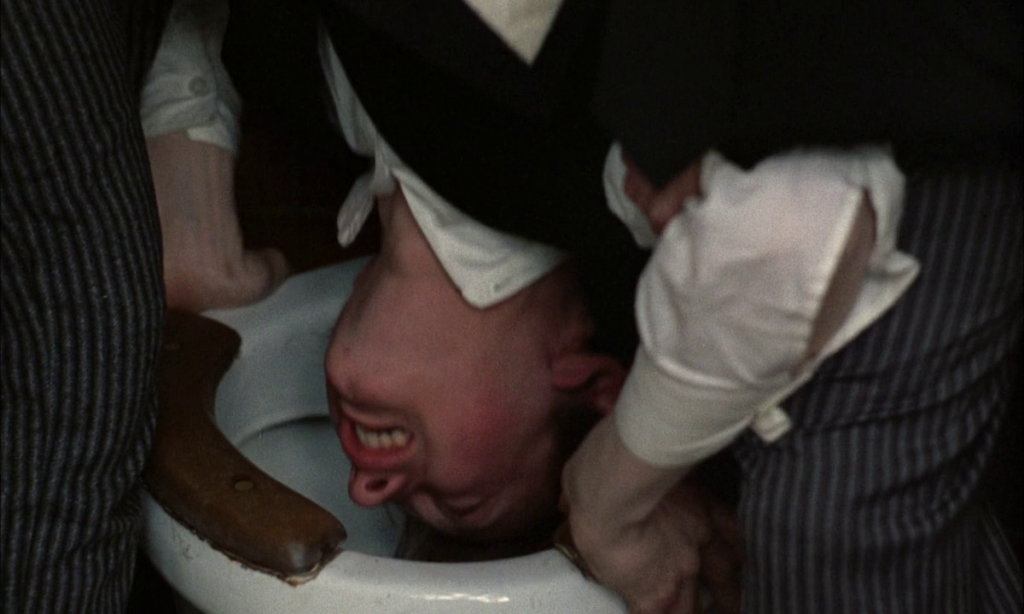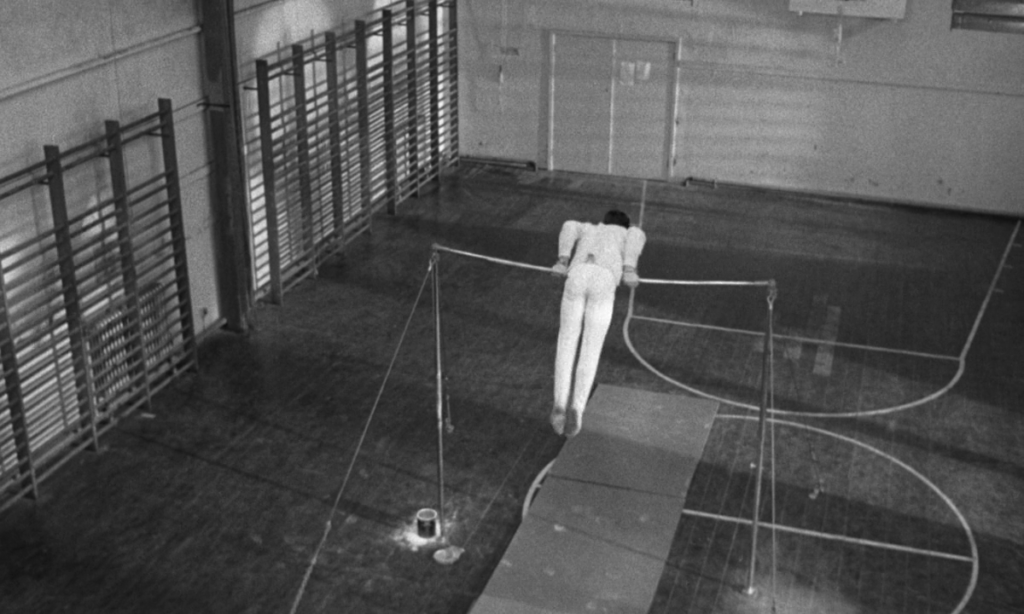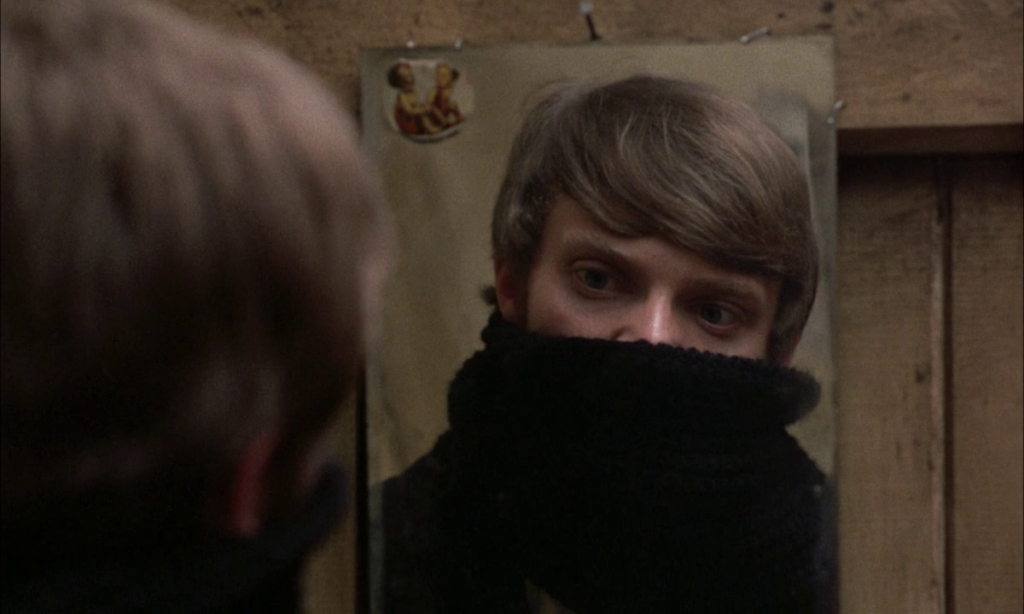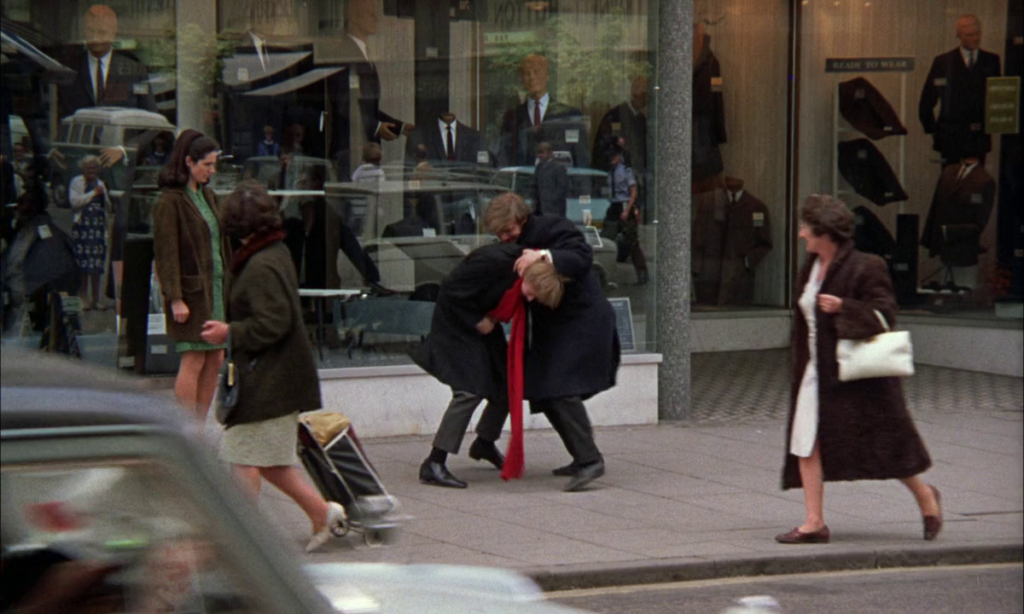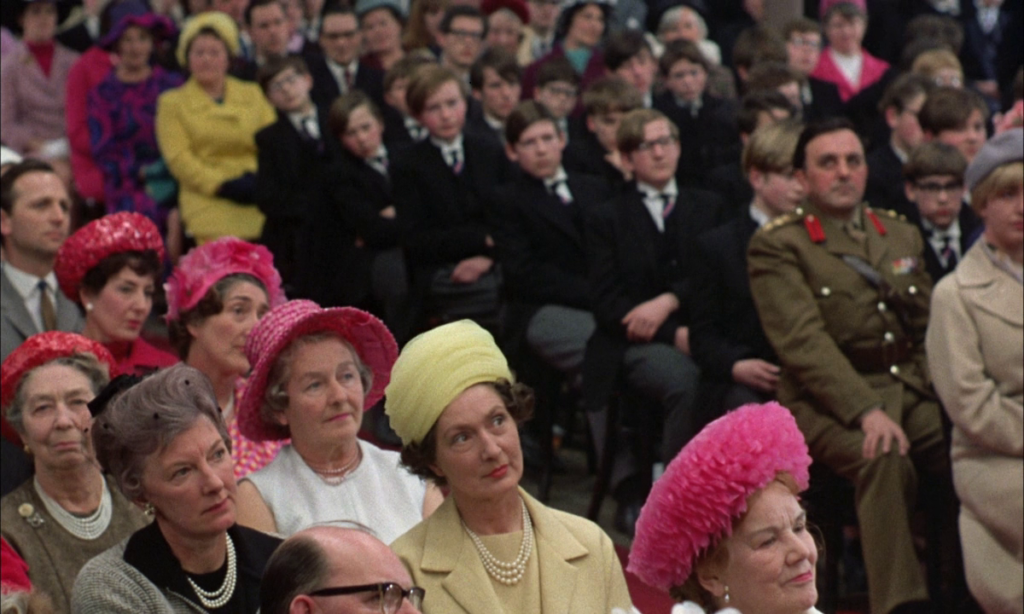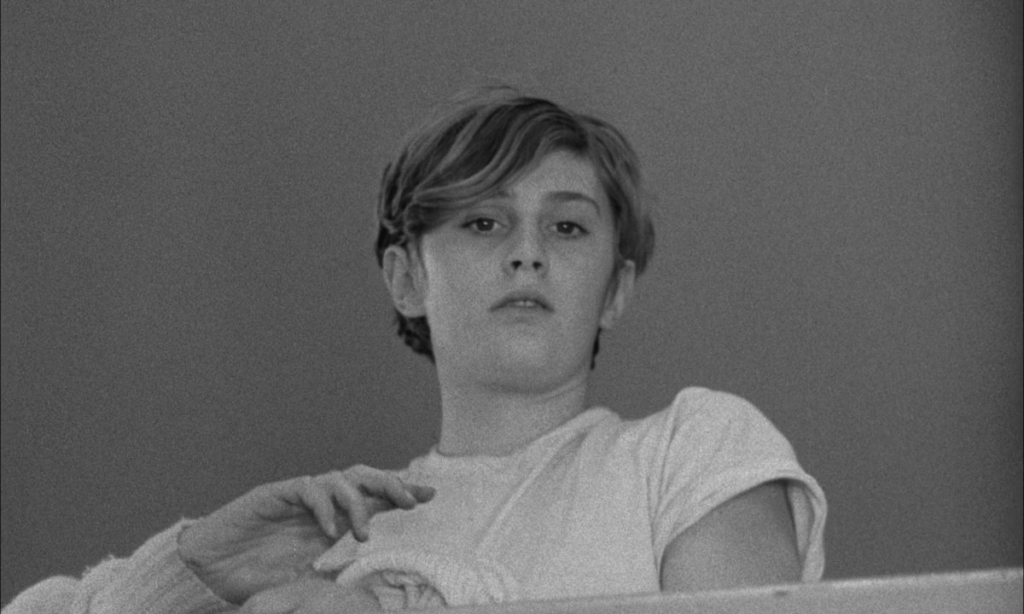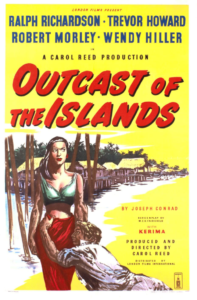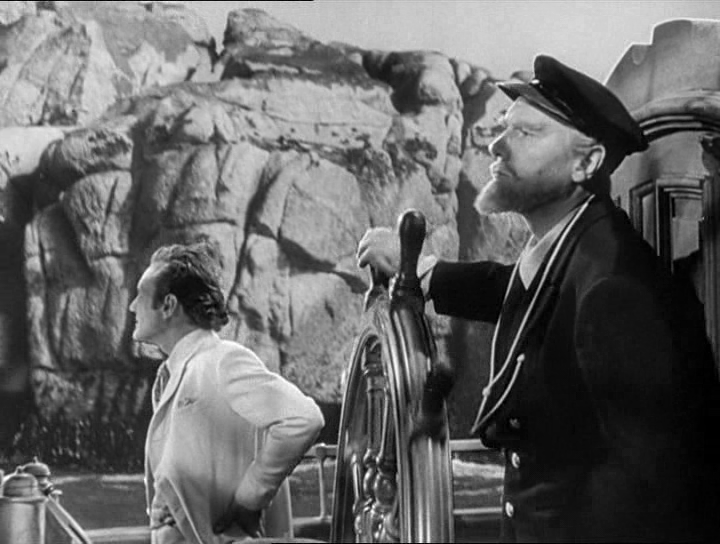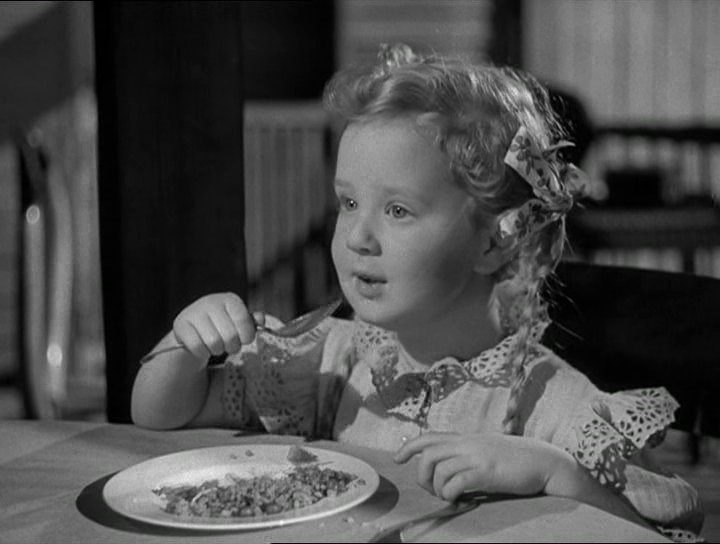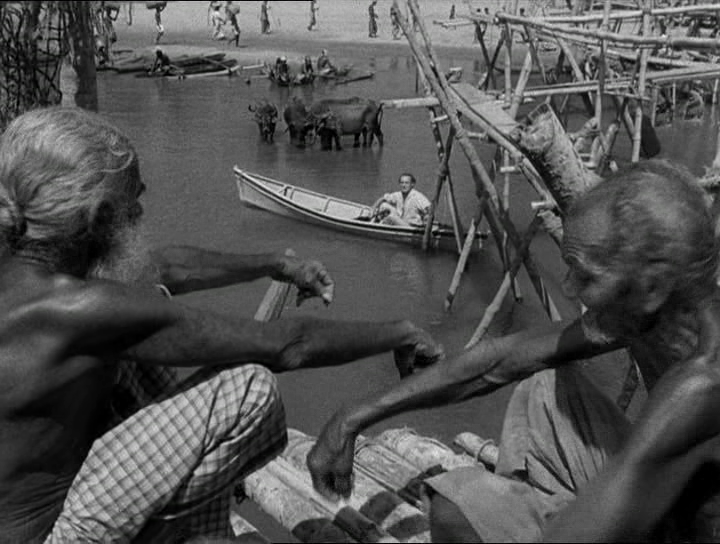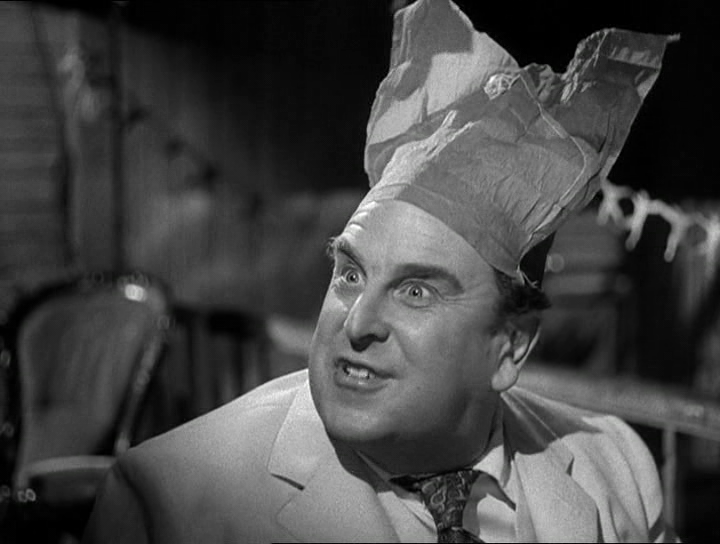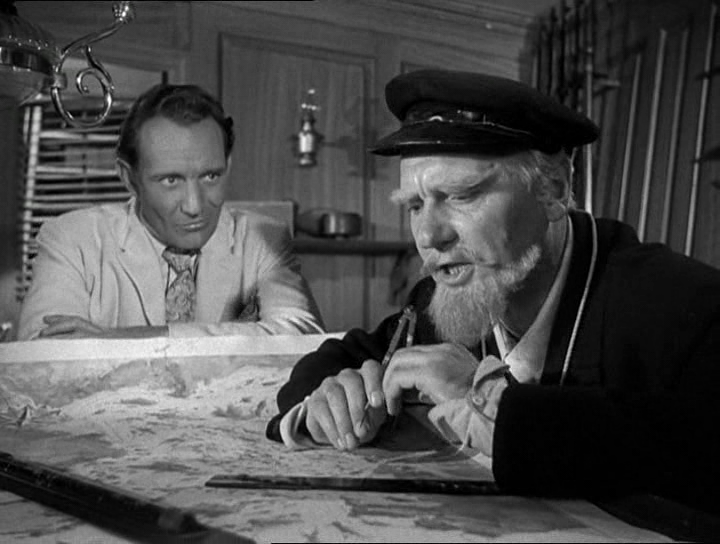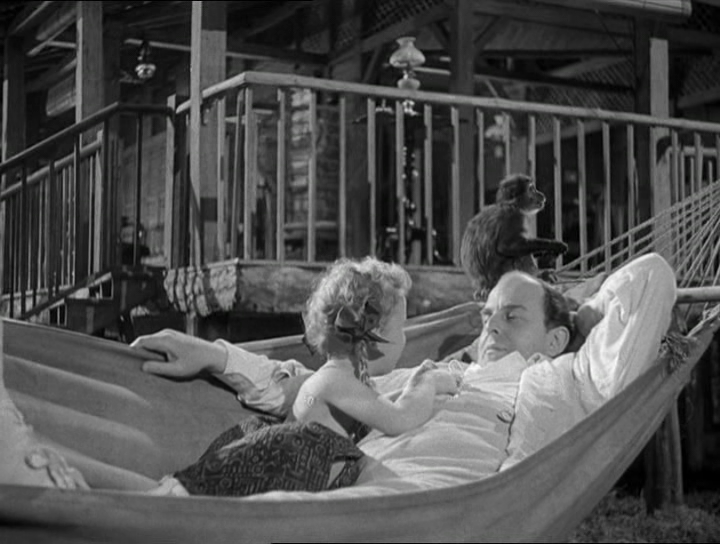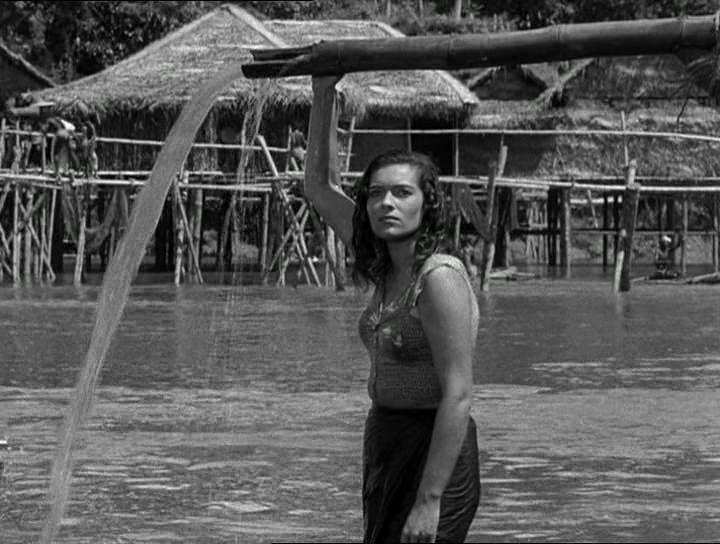|
Genres, Themes, Actors, and Directors:
- Bonnie Bedelia Films
- Counterculture
- Detectives and Private Eyes
- Richard Dreyfuss Films
Review:
Richard Dreyfuss co-produced and starred in this L.A.-based detective flick centering on a formal student radical named Moses Wine. Moses accepts jobs as they come, often taking his two young sons with him on his work adventures across the city:
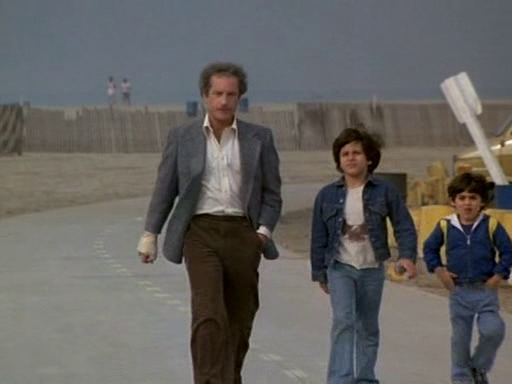
… but otherwise sitting alone in his apartment gambling, smoking weed, listening to music, watching T.V., or playing “Clue” to keep his sleuthing wits sharp.
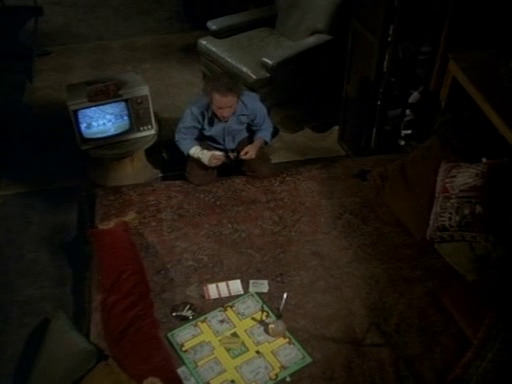
Roger L. Simon’s screenplay — based on his own novel — does an excellent job portraying the sense of nostalgia and confusion felt by many Baby Boomers once the headiest days of protest were over. We learn that Moses drifted into a marriage that has since devolved, with his ex-wife (Bonnie Bedelia) now dating an obnoxious New Age man (Ron Rifkin) involved in a group called BEST (sound like “EST”, anyone?).
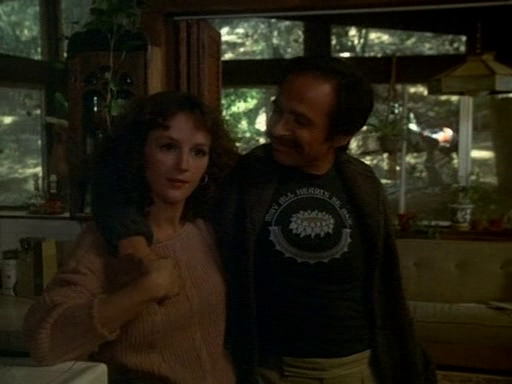
Moses feels a sense of rejuvenation when he meets up with a former flame (Anspach) who convinces him to take a job:

… but things soon turn very dark, leading Moses on a labyrinthine journey across various portions of Los Angeles. (The film’s sense of place and time is spot-on; I quickly found myself counting how many locations I could recognize — and there were quite a few.)
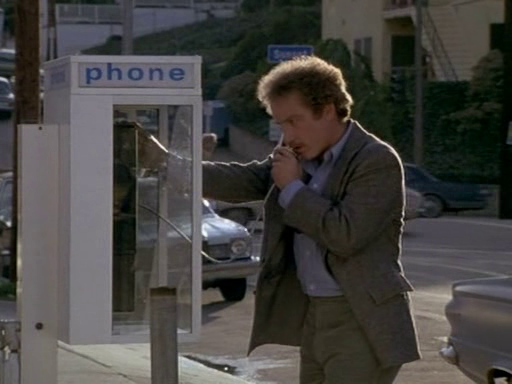
In true form for such a tale, we’re not always entirely sure what’s going on and who various characters are, but we get the gist, and it all eventually coheres. The diverse supporting cast is nicely filled out, with John Lithgow as Cunningham’s mysterious campaign manager:

… and F. Murray Abraham playing a notorious former radical:

Watch also for Mandy Patinkin in a bit role (his big-screen debut) as a bumbling pool cleaner:
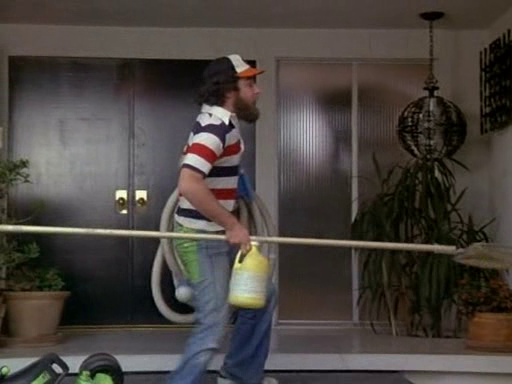
While it’s not must-see viewing, this well-made film moves along at an engaging pace and will certainly appeal to fans of private eye flicks.
Notable Performances, Qualities, and Moments:
- Richard Dreyfuss as Moses Wine

- Fine supporting performances
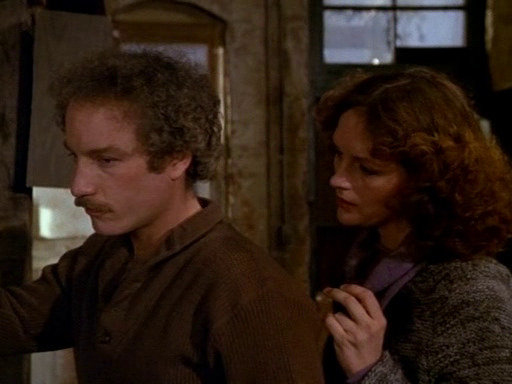

- Excellent use of many authentic L.A. locales
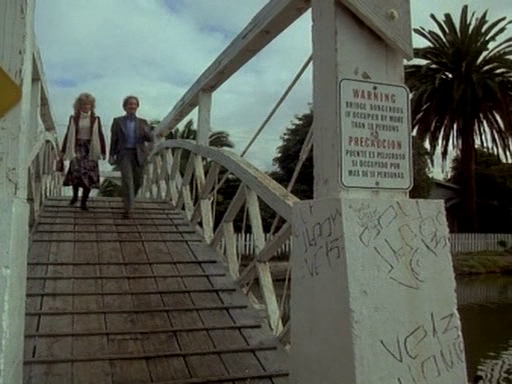


Must See?
No, but it’s worth a look. Listed as a Cult Movie in the back of Peary’s book.
Links:
|
